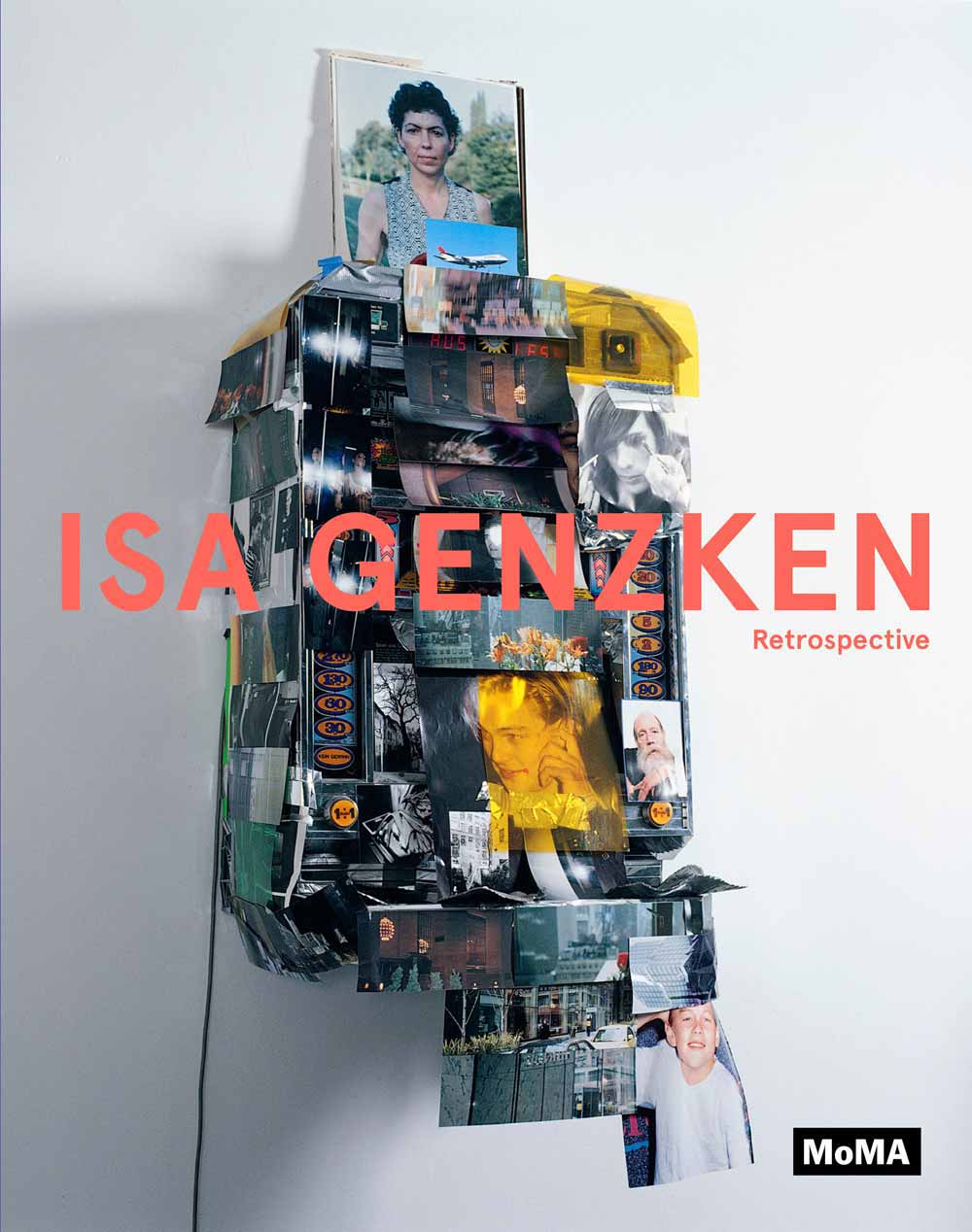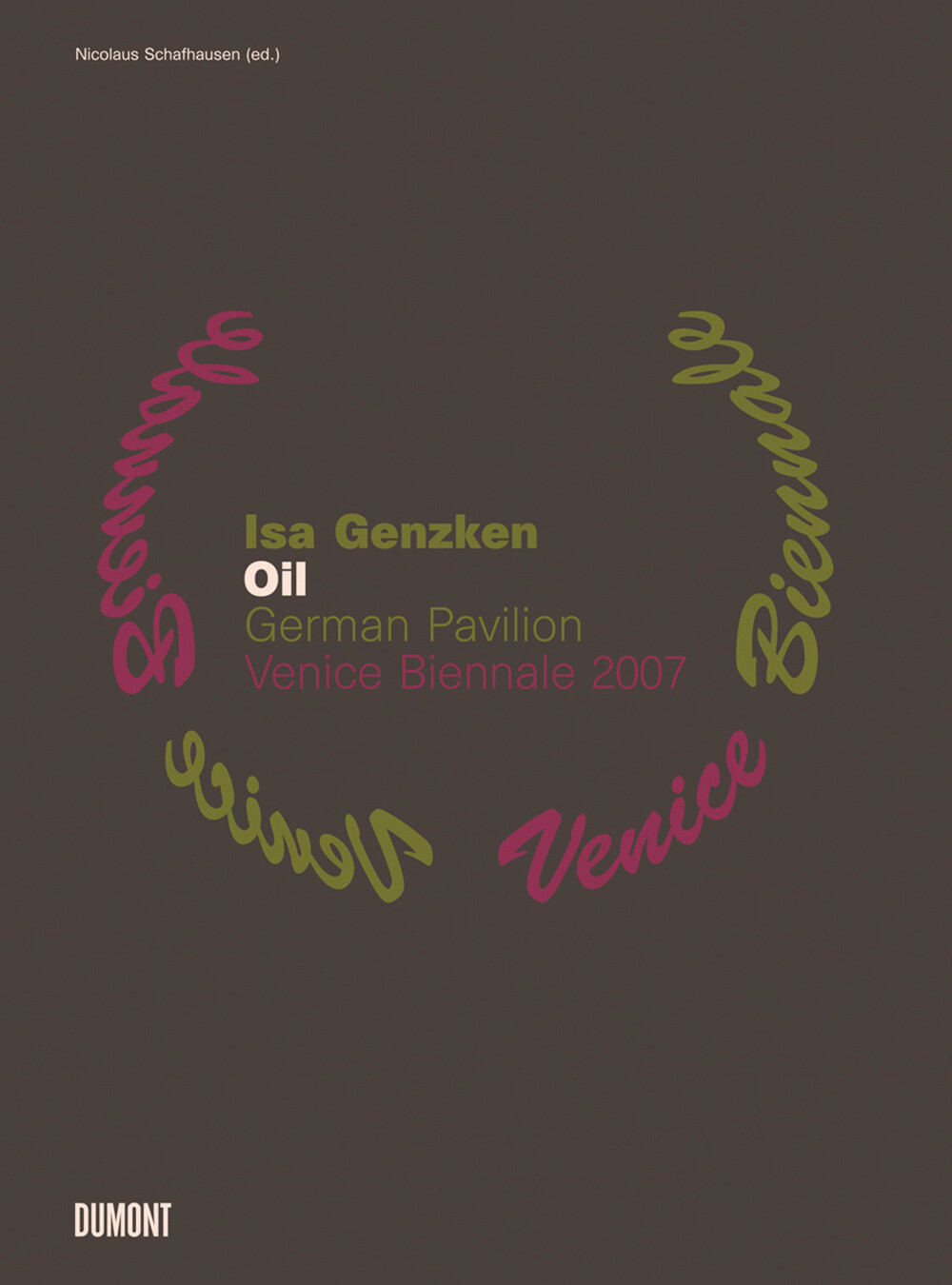Isa Genzken
Texts by Benjamin H.D. Buchloh and Manfred Hermes
For more than thirty years, Isa Genzken has been developing a versatile oeuvre, continually extending it by adding new aspects. Her settings, her unusual combinations of materials, and the fragile but monumental character of her constructions reflect the surrounding world and the fragility of human existence. Her work—which includes sculptures and installations as well as photography, collage, and film—explores the space between public claims and private artistic autonomy, thus defining an interface where the personal and the universal meet. The formal and conceptual rigor at the root of Isa Genzken’s approach is tempered by unrestricted freedom, producing works that can be interpreted and experienced on very different levels. A central role is played by the choice and combination of materials with different connotations which the artist finds at home depots, builders’ suppliers, and department stores: whereas in the past Genzken used wood, plaster, epoxy resins, and above all concrete, the material of Modernism, her main materials today are plastic, synthetics, and a wide range of mirrors, as well as everyday items and consumer goods such as chairs—design classics alongside cheap camping chairs—garments, and plastic dolls and animals.
For her exhibition in the Hauptraum at the Secession, Isa Genzken has devised an installation with new sculptures and pieces on the wall: wheelchairs and seats draped in various textiles, ribbons, and sheets, walking frames, anthropomorphic figures, and wall-filling collages made from mirrors, photos, and adhesive tape create a carefully arranged image. Warholesque baby dolls with their outsize glasses look like prematurely aged children or, conversely, like infantilized adults, waiting under tattered parasols on a Hollywood set for shooting to recommence. But less than this bizarre scene, what is disconcerting here is the cool precision with which, for all the piece’s figurativeness, no story is told. Dolls and animals form heterogeneous abstract surfaces, but they are not deployed to narrative ends, and neither are other materials such as the mirrors, plastic sheeting, or the paint dripped or sprayed over many of the sculptures.
The new works relate to Genzken’s recent Empire/Vampire series. But while these works were presented on plinths at eye level, at the Secession, the entire space turns into a kind of plinth and the visitors become part of this scenario that is both beguilingly beautiful and disturbing at the same time. The works turn an imaginary inner space outwards, but rather than being something merely invented, the space always refers to the real—a comparative moment against which all the pieces can be measured. In an interview with Wolfgang Tillmans, Isa Genzken describes the way she thinks a sculpture should look: “It must have a certain relation to reality. I mean, not airy-fairy, let alone fabricated, so aloof and polite. [...] Rather, a sculpture is really a photo – although it can be shifted, it must still always have an aspect that reality has too.”
Publisher: Walther König, Köln
Artists: Isa Genzken
Contributors: Benjamin H. D. Buchloh, Manfred Hermes
Designer: Dorothea Brunialti
Printer: Remaprint, Vienna
Publication Date: 2006
Binding: Softcover
Dimensions: 9 1/2 x 11 3/4 in (24.1 x 29.8 cm)
Pages: 72
Reproductions: 49 color
ISBN: 9783901926969
Retail: $50 US & Canada | €18
Status: Not Available
Isa Genzken
Isa Genzken’s works express an attraction to that which surrounds and shapes our everyday lives, from design, consumer goods, and the media to architecture and urban environments. Her interest lies in the way in which common aesthetic styles come to illustrate and embody political and social ideologies. Her diverse practice draws on the legacies of Constructivism and Minimalism and often involves a critical, open dialogue with Modernist architecture and contemporary visual and material culture. Using plaster, cement, building samples, photographs, and bric-a-brac, Genzken creates architectonic structures that have been described as contemporary ruins. She further incorporates mirrors and other reflective surfaces to literally draw the viewer into her work. As part of her deep-set interest in urban space, she also arranges complex, and often disquieting, installations with mannequins, dolls, photographs, and an array of found objects.


